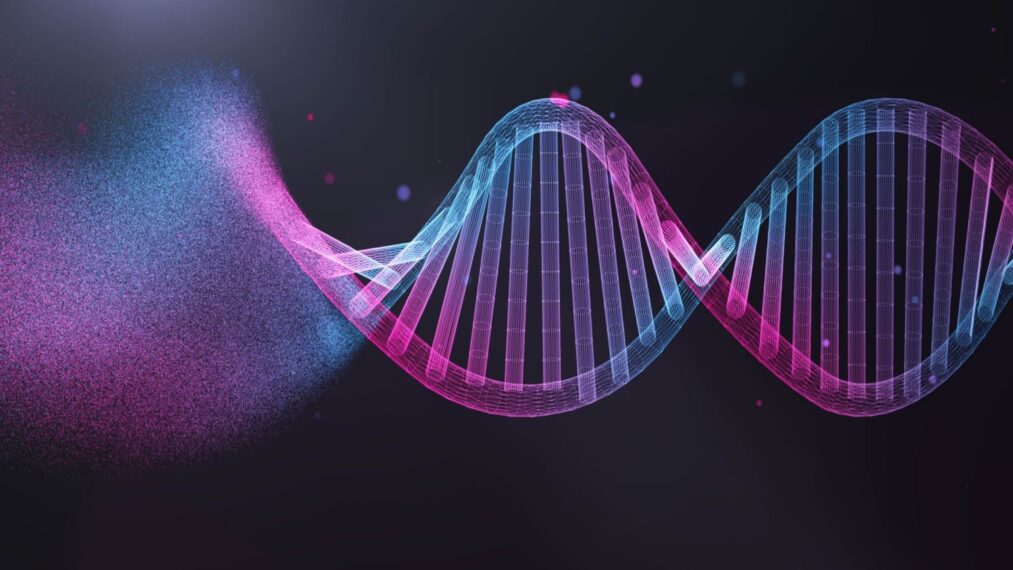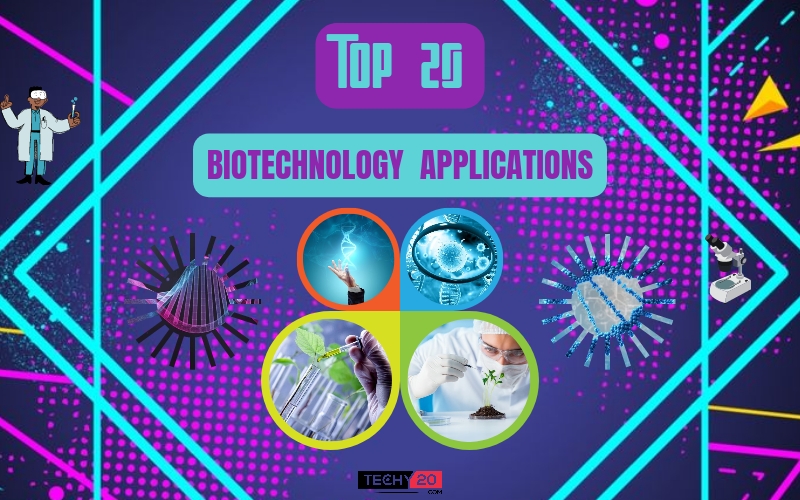In this technology-driven world, every technology has its own importance. That is the same for biotechnology. The branch of biology and technology deals with genes and genetics of humans and plants for a better future. The famous scientist Károly Ereky is known as the father of biotechnology. He contributed a solution to most of the puzzling issues facing the world. With the help of biotechnology, we can create a better world with no poverty and a cure for every possible disease, including genetical diseases. Here we are discussing and listing some of the most important biotechnology applications in daily life.
1. Conventional Plant Breeding
To solve the problems of poverty and a shortage of food supplements, biotechnology was used to create high-yielding plants with good immunity and mineral values. To create the desirable plant, they crossed two parent plants with desirable qualities. From the outcome of the combination of two parent plants, they will collect the desirable quality plant.
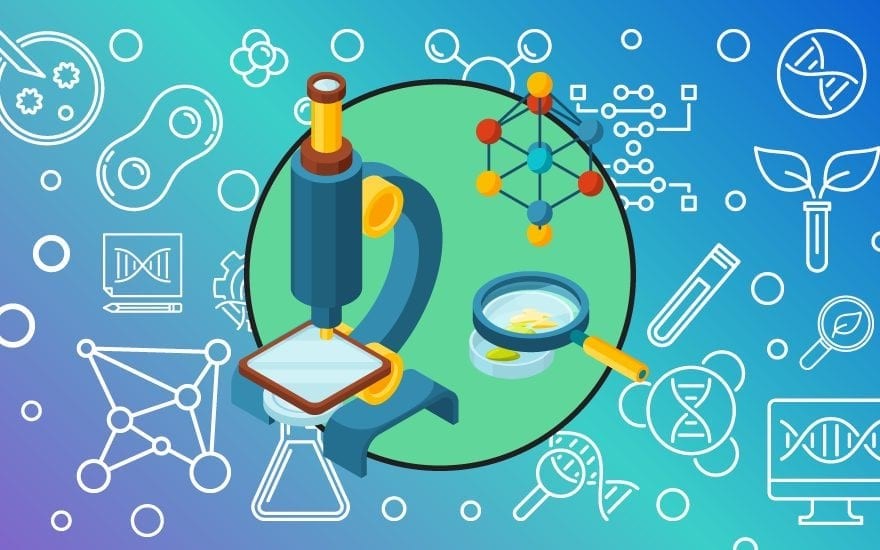
2. Tissue Culture
Tissue culture is a technique of biotechnology in which the cells or tissues of an organism are grown outside of the parental organism. And the cells are developed in an artificial environment. The medium for growth may differ from liquid, solid, or even semi-solid. Agar is an example of a commonly used medium.
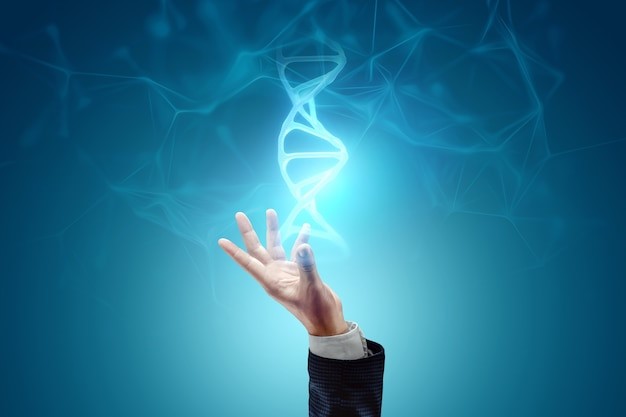
3. Biofortification
Fortification means a defensive wall or something that resembles that, to protect something from an unpredicted attack. It has the same meaning in biotechnology. Biofortification refers to the increase of food-nutritional quality in crops. Genetic engineering, conventional plant breeding, and agronomic practises allow biofortification. The goal is a healthy society.
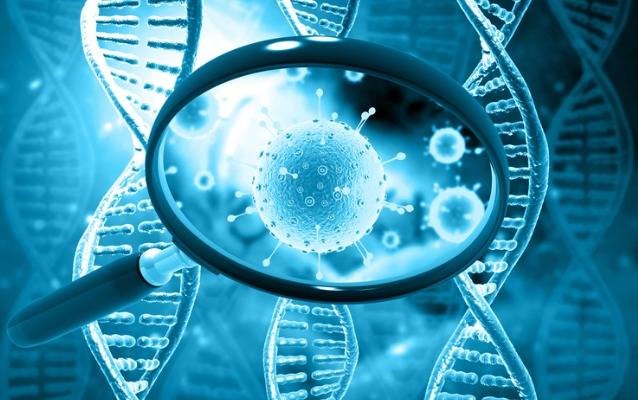
4. Gene Therapy
Most diseases related to genes or genetical diseases are incurable. But, through advanced technology like biotechnology, it is possible to cure these genetic diseases. The technique is called “Gene therapy.” Gene therapy can modify a person’s genes to cure their disease. There are various methods to perform gene therapy.

5. Diagnostics For Plant Diseases
Plant diseases and diagnosis are important for humans as well. The disease will spread easily between plants. That will lead to a decrease in food production, which will follow poverty. Hyperspectral techniques, thermography, and fluorescent imaging are some of the methods to diagnose plant diseases using biotechnology.

6. Microbial Fermentation
In anerobic conditions, or in the absence of oxygen and in the presence of microorganisms like bacteria, yeasts, and molds, some food items will undergo some biochemical processes to achieve food stability. The process is called microbial fermentation. In biotechnology, the process will be sped up using genetic engineering.
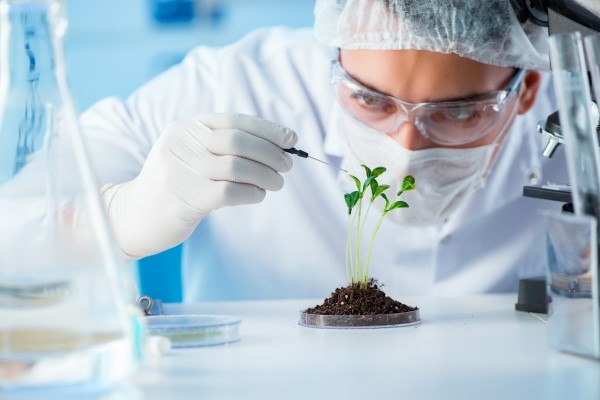
7. Genetic Engineering
Genetic modification, or genetic engineering, is the process of altering the DNA of an organism. They use different laboratory-based technologies to do the process. The technique involves deleting, changing, or replacing various parts of DNA. Genetic manipulation is another term used to indicate genetic engineering. It is one of the good career-option.
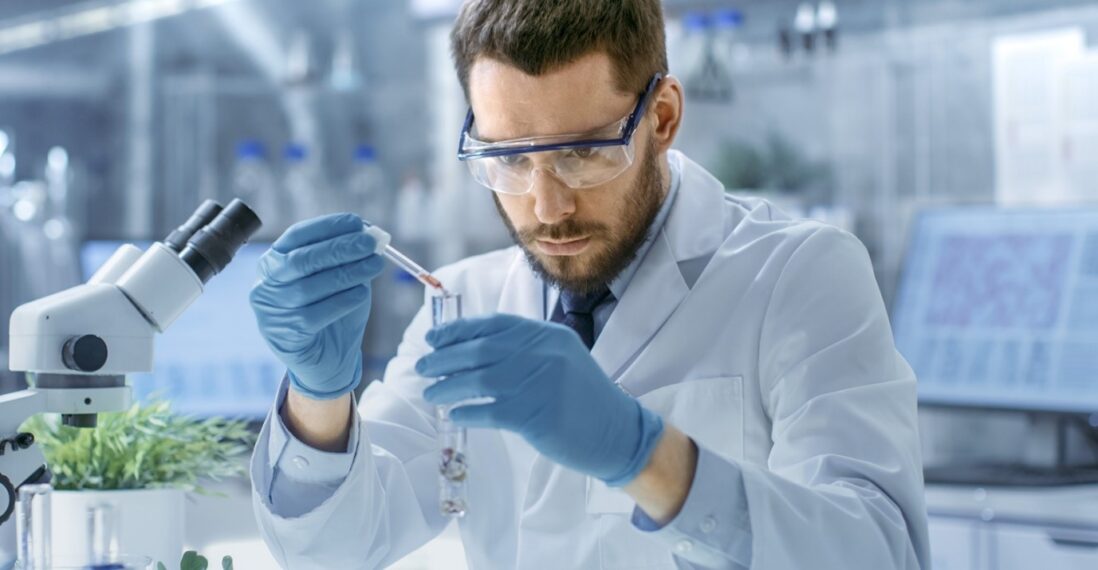
8. Genetically Modified Crops
Genetically modified crops are made by a technology in which DNA insertion into the genome of an organism takes place. The inserted DNA will be new, modified by the scientists. Tissue culture is mainly used to propagate these genetically modified crops. The next generation of these crops will produce the desired crops.
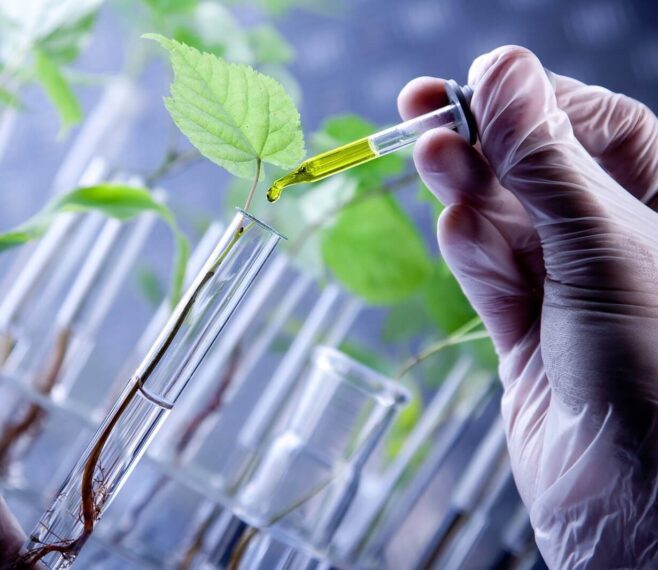
9. Mark-Assisted Selection
MAS, or mark-assisted selection, is the use of biochemical or morphological DNA markers to select the agriculturally important characteristics of a crop in crop breeding. The technique helps to improve the quality and efficiency of the crop and agriculture field. The higher-quality crops will save the unwanted money on pesticides and will provide the best products.
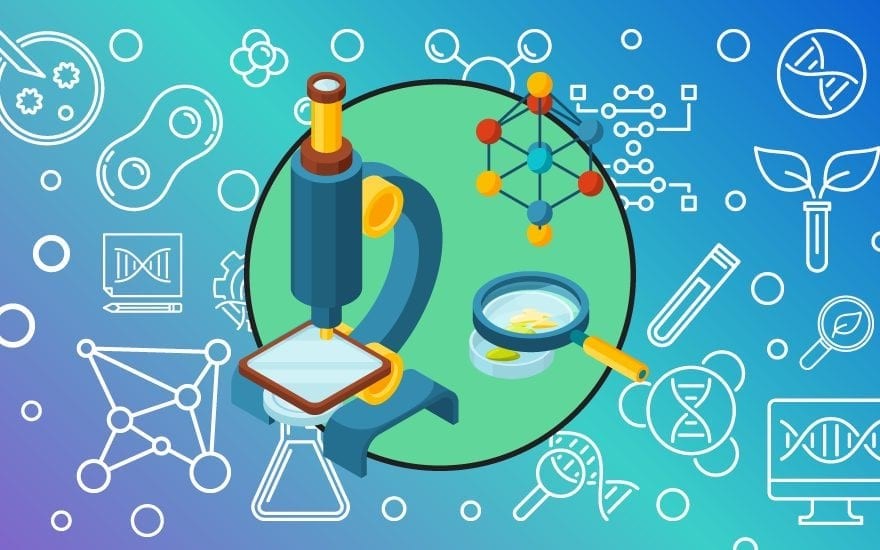
10. Molecular Breeding
MB, or molecular breeding, is broadly defined as the process of genetic manipulation at the DNA molecular scale to boost desired characteristics in animals and plants. It includes gene manipulation or genetic engineering, genomic selection, and molecular marker-assisted selection. It also enhances the quality of the product.
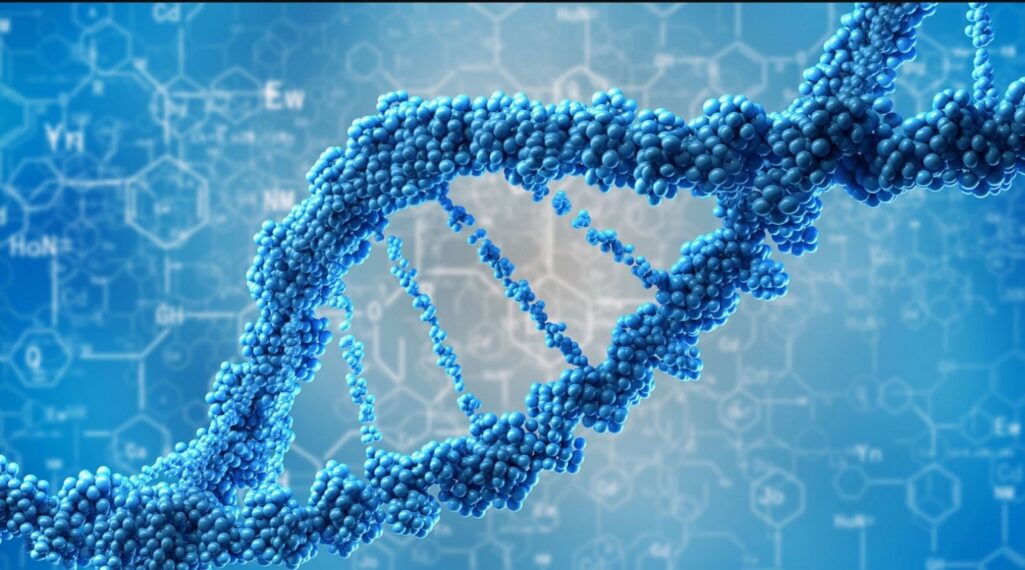
11. Gene Switching
The term “gene expression alternation” refers to the on or off reversible-switching of gene expression between two gene alleles. Transient changes in gene expression can occur at the translation, transcription, or post-translational levels in response to environmental changes. The main goal is to control plant production.
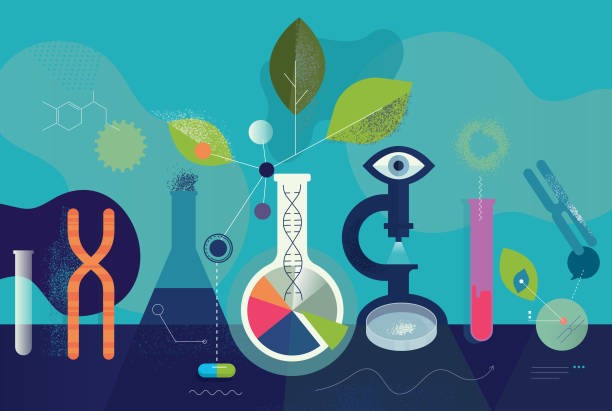
12. Gurts
GURT, or genetic use restriction technology, is the technique used to restrict the use of genetically modified crops or products. The technique is done by the deactivation or activation of the genes, which will only respond to the particular stimuli. Suicide seeds or terminator technology are the synonyms of GURT. The main goal is to prevent the misuse of technology.
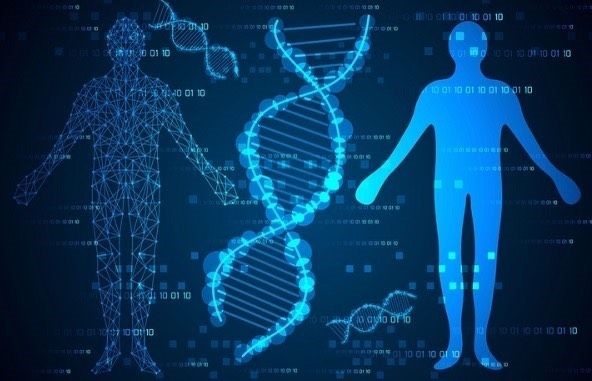
13. Marker-Free Gm Plants
Transgenic plants are created through the use of marker genes. The elimination of marker genes after successful transformation is the biggest task these days. But the marker genes do not require any herbicide or antibiotic resistance. So, after the transformation of the plants, they will assist in the regeneration process of the transgenic plant.
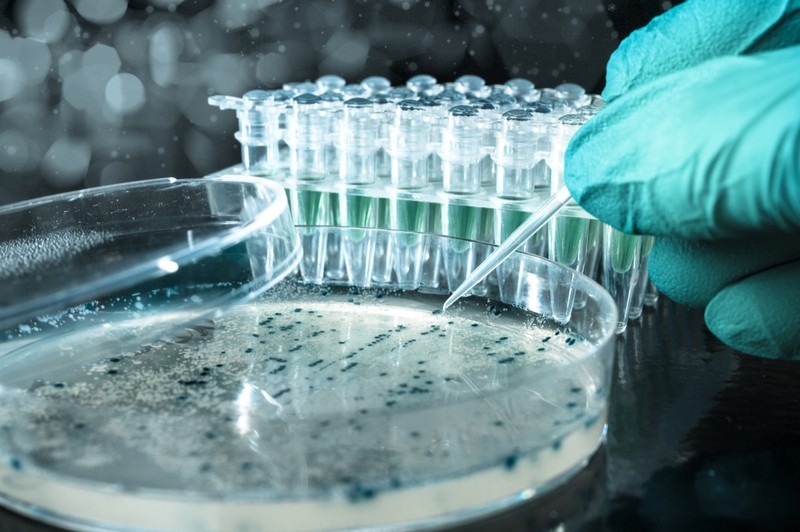
14. Rnai In Agriculture
RNAi is used as a tool to control diseases and pests. This goal is achieved by the introduction of novel plant traits. RNAi not only helps in disease control, but also helps to improve the quality and quantity of the crop yield. Popular examples of popular RNAi novel plants are nutrient-fortified maize, nicotine-free tobacco, decaffeinated coffee, non-allergenic peanuts, etc.
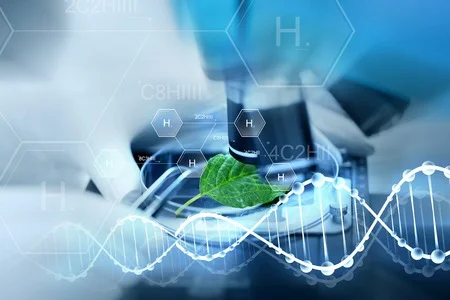
15. Bioinformatics
Bioinformatics is an integrative research area that deals with biotechnology and creates software and methodologies to analyze biological information, particularly complex data sets in biotechnology. Genomics and genetics are the major concentration of bioinformatics. The human genome project is the best example of the application of bioinformatics.
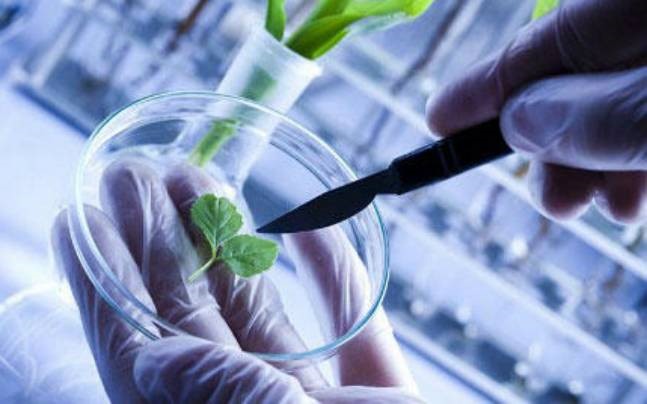
16. Nanotechnology In Agriculture
Nano-agriculture is the term used to explain the application of nano-technology in the sector of biotechnology. The principles and theorems of nano-technology will be applied in biotechnology for new experiments. Nano-pesticides, nano-fertilizers are the main examples of nano-agriculture products that help to increase the productivity of crops.
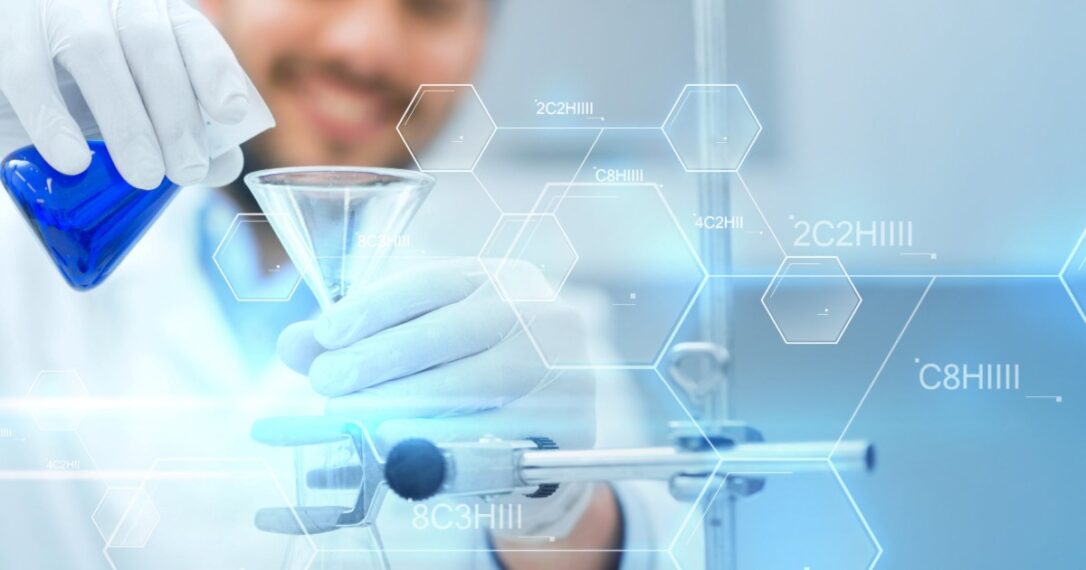
17. Biopiracy
Biopiracy is defined as the process of the commercial exploitation of biological or natural products of a locality or developed by some group of people. The classic example of biopiracy is the Basmati rice patent. The popular rice variety in India is famous for Biriyani. But the patent for the product was taken by an American company, Rice Tech Inc., in 1997.
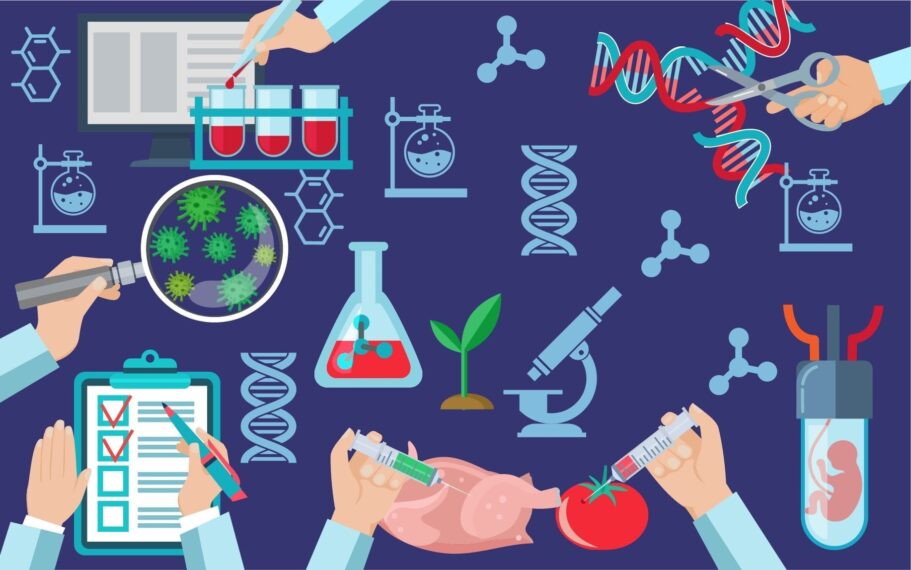
18. Genomics
Genomics is the branch of biotechnology that deals with the function, structure, mapping, and editing of genomes and the evolution of genes. The branch will study the partial or full structure of a DNA, based on the criteria given above. The study mainly focuses on the study of diseases such as asthma, diabetes, cancer, heart diseases, etc.

19. Proteomics
As the name indicates, proteomics is the stream of biotechnology that deals with the study of proteins. As we all know, proteins have an important role in the biological processes of the human body. The major roles of proteins are: synthesis or replication of DNA, enzymatic digestion of food, formation of structural fibers of muscle tissue, etc. The study helps early diagnosis of diseases.
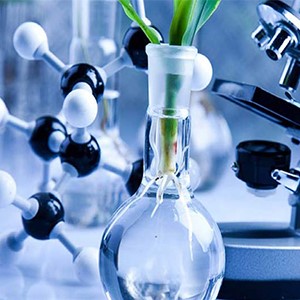
20. Metabolomics
The study of biochemical processes like cell-metabolism products, metabolites, intermediates, and small-molecule substrates. The goal of this branch is to analyze the connection between physiology and biochemical processes. It also helps in the early diagnosis of natural metabolic errors, such as bladder cancer, breast cancer, cardiovascular disease, kidney cancer, gastric and esophageal cancer, kidney disease, etc.
